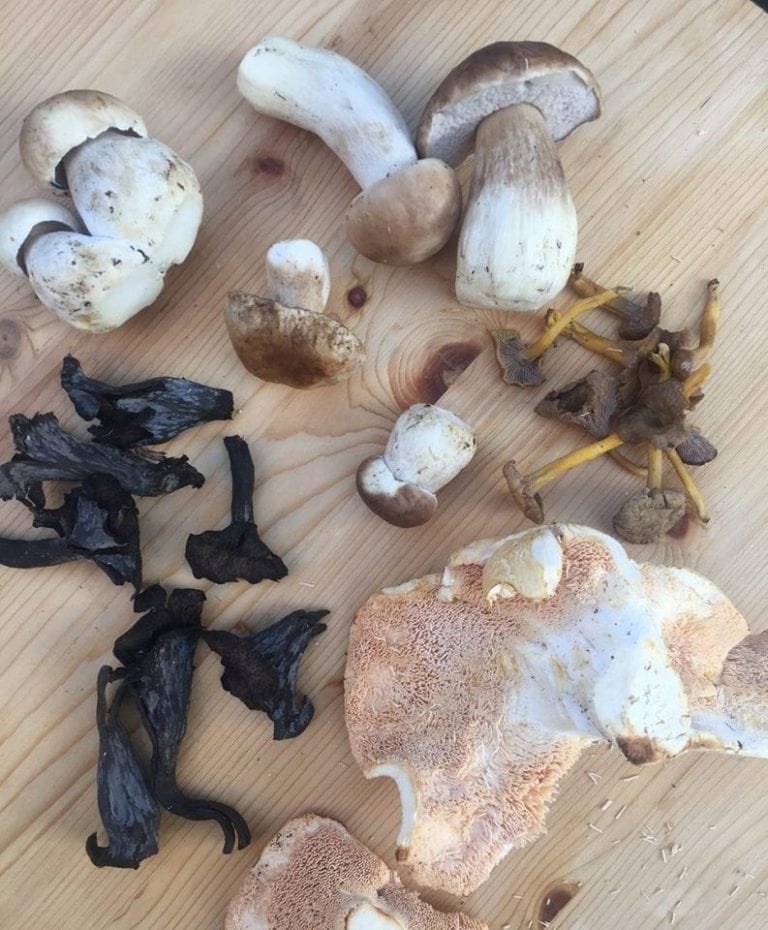Mushroom foraging with John Wright
Armed with an open mind and little knowledge of the fungi world, I took a trip to Puddletown Forest – in the heart of Dorset – to discover the secrets of mushroom foraging.
Invited by Sculpture by the Lakes, I was there to experience an inaugural mushroom foray with expert-forager, John Wright.

Until recently, I had never really thought of mushrooms as seasonal. They were merely a year-round, rather tasteless, supermarket staple that required a hefty helping of garlic and butter to achieve any semblance of flavour.
Until my trip to Dorset…
The invite promised a day out in the lush countryside, with a fry-up at the end of it all, so I was quick to accept the invitation. Autumn is the time for mushroom foraging and I was in for a real treat.
A 6am get-up, five hours and four trains later, I’m standing in Puddletown Forest and listening to John speak ardently to a small group of fellow mushroom enthusiasts about phallus impudicas, or the stinkhorn as it is more commonly known.
‘’It can reach its full size in just a few hours – although I have to be careful how I hold it’’, quips John. Snigger.
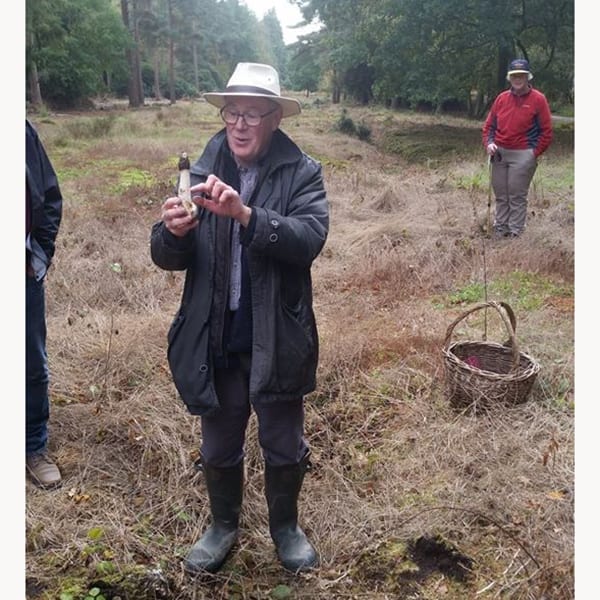
Indeed, its eponymous shape is startlingly obvious. Starting its life as an egg-shaped specimen, the stinkhorn is immediately recognisable for its phallic appearance and vulgar odour. Not the most inviting start into the world of fungi but an amusing one nonetheless.
John is one of those lucky few who has managed to turn his hobby into a full-time job. With a career in fungus hunting spanning 50 years, and a handful of books under his belt, John’s expertise proved limitless when it came to interpreting the possible thousands of species of ‘shrooms.
I was surprised by the number and variety of specimens we discovered in a small section of the forest. Penny bun and bay bolete were two of the more abundant types, both rather squat and stubby-looking but nonetheless edible. Giant puff balls – which look as they sound – were similarly plentiful and similarly, well, unattractive.
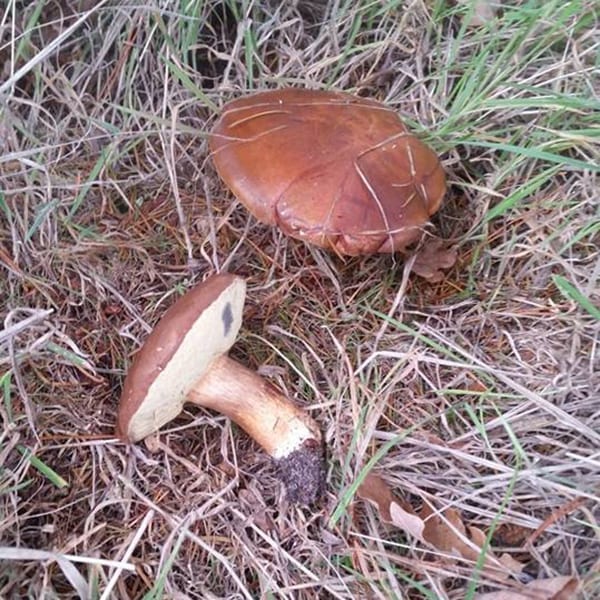
Next up was the sulphur tuft, a common but poisonous mushroom with a bright yellow cap. In fact, it was the poisonous ones that were the most eye-catching. The fly agaric, with its orangey red hue and speckled cap, looked like something straight out a fairytale. And the bright red russula emetica were just as enticing.
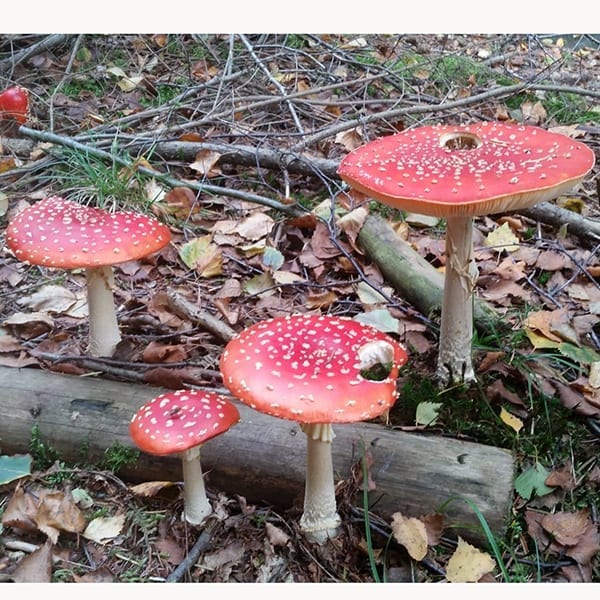
Throughout the day we must have discovered over 30 different types, all with their own unique properties. Small and spindly, chunky, muddy-brown, fantastically colourful, delicate, concave, convex, edible, poisonous and one particularly distinctive variety known colloquially as the ‘cauliflower’ mushroom for it’s curly, flower-like appearance.
Most of the specimens we found on our foray were inedible, with most causing unpleasant gastrointestinal upset in the best of cases. One of the most important pieces of advice John shared with us that day was if you’re not 100 per cent certain of what it is, don’t eat it. 99.9 per cent sure is not good enough.
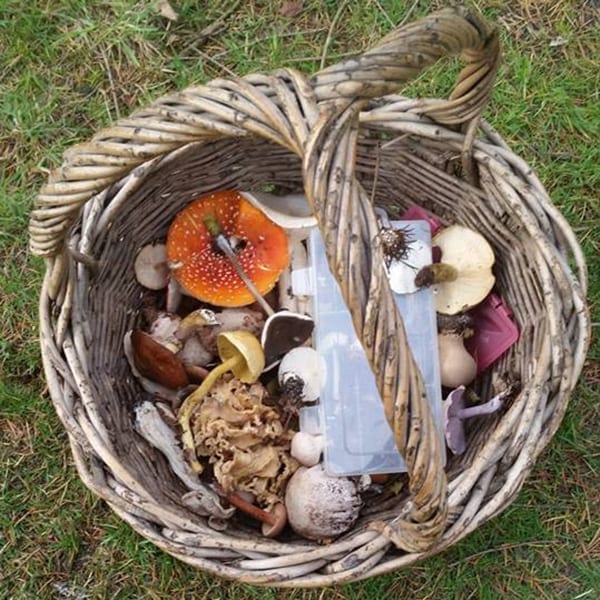
I was impressed by John’s unwavering attentiveness to our queries. ‘’What’s this John?’’, ’how about this one?’’ and ‘’this one looks interesting!’’, we’d persist, but no question was too difficult or too much hassle. John answered every query with renewed intrigue, abounding wisdom and with the passion of a man in his absolute element.
According to our leader, there are over 100 things you could identify about a mushroom. Where does it grow? What trees is it growing near? How does it smell? Look at the cap: is it smooth, slimy or scaly? Size? Colour? The list goes on.
And that, I suppose, is the core of John’s, and indeed so many others, interest. This seemingly endless world of fungi in which some new species lies around every corner… or mossy rock.
The day ended with a show and tell of our discoveries and a fry-up of the (edible) mushrooms we’d collected that day. Simply fried in butter, they were like no mushroom I’d every tried before: wonderfully nutty and with a slightly softer texture to familiar supermarket varieties. I was aware that I was experiencing a foodie lightbulb moment.
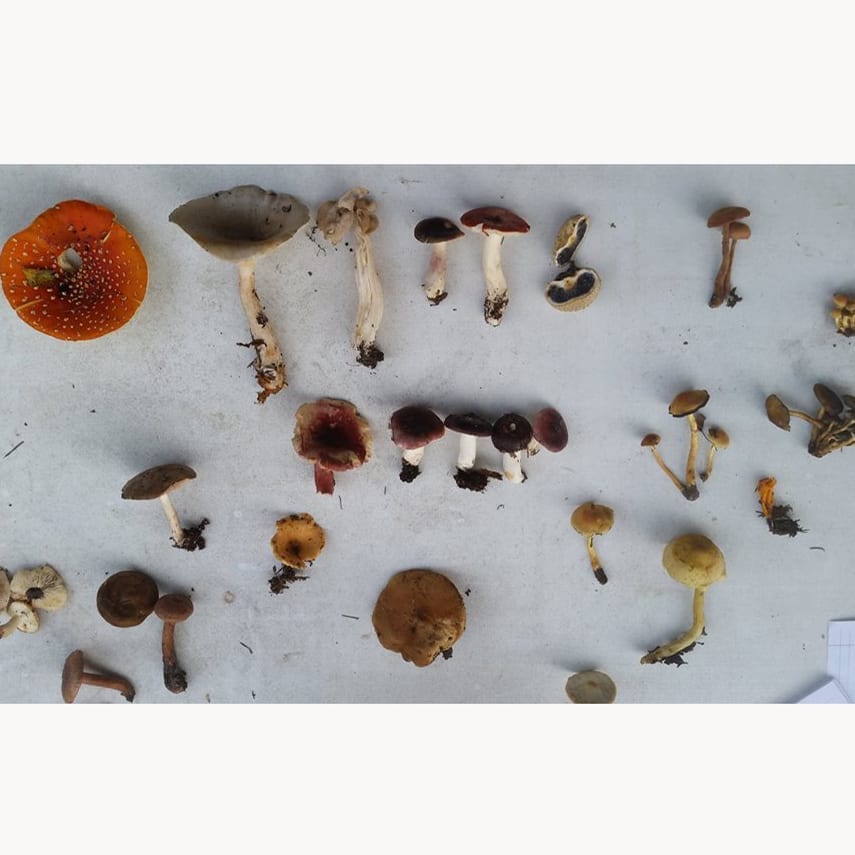
It was a day of discovery in every sense of the word: of literally finding a myriad of mushrooms, of learning more about their properties but also of understanding more about where our food comes from. For a truly wonderful day in the great outdoors, I urge you to try mushroom foraging. And if you can bring John Wright along with you for his priceless knowledge, even better!
Subscribe to our magazine
Food stories, skills and tested recipes, straight to your door... Enjoy 5 issues for just £5 with our special introductory offer.
Subscribe
Unleash your inner chef
Looking for inspiration? Receive the latest recipes with our newsletter




